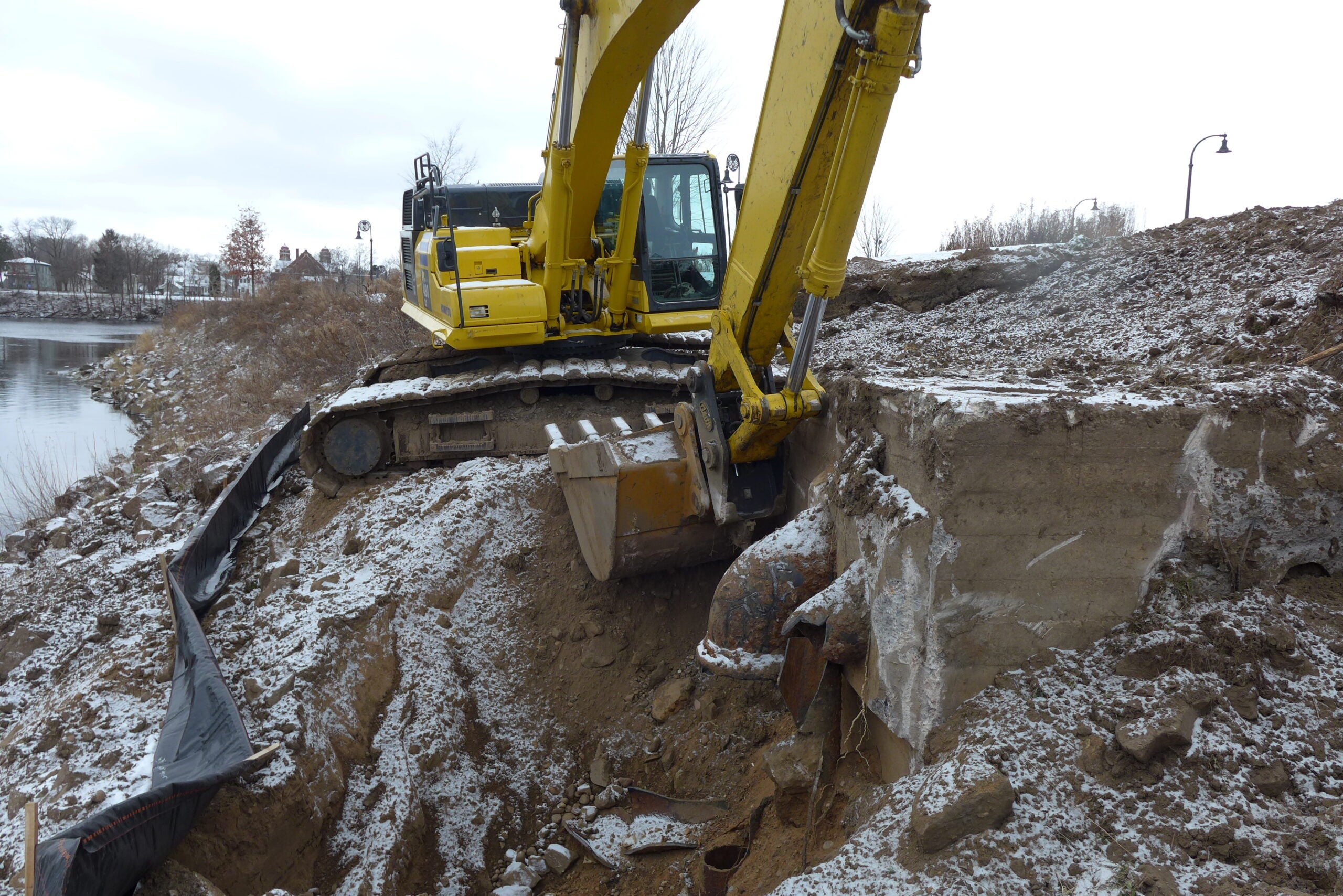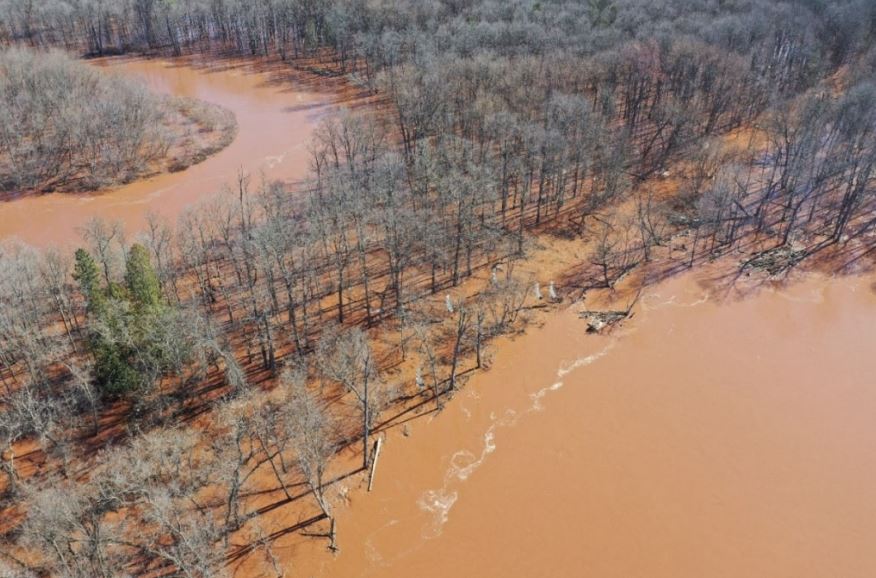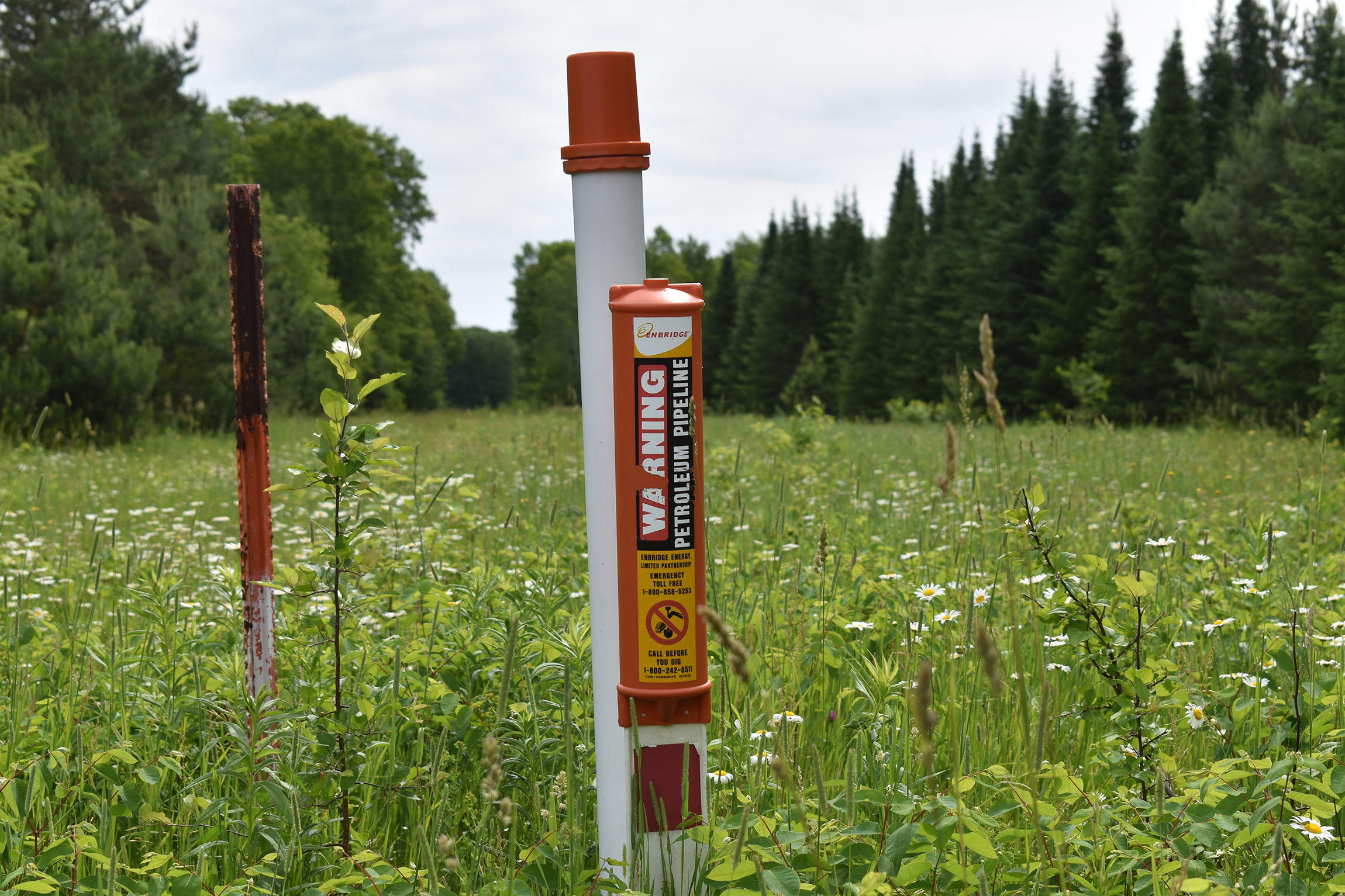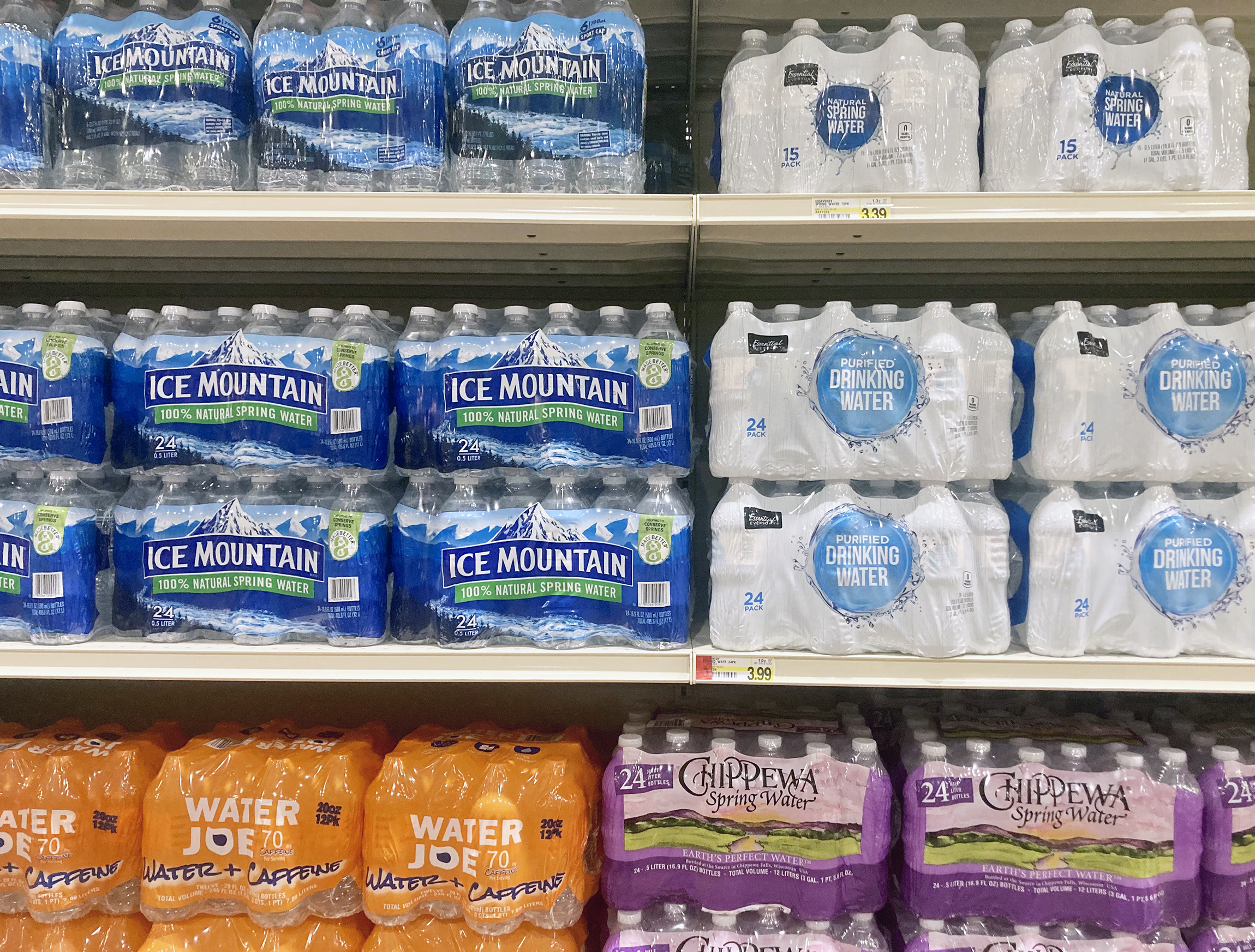Eau Claire has begun work on a broken sewer pipe suspected of dumping nearly 100 million gallons of sewage in to the Chippewa River.
Two pumps have been diverting 300,000 gallons of sewage per day near downtown Eau Claire since city workers discovered a major underwater pipeline rupture in July. The break is being blamed on a construction barge that was anchored near the confluence of the Eau Claire and Chippewa Rivers. After a night of heavy rains, floodwaters lifted the barge from its moorings and the steel anchors may have torn through the 75-year-old sewer pipe, said Eau Claire Utilities Administrator Jeff Pippenger.
“We’ve had contractors hit our pipes in the past, certainly not to this extent. The unfortunate part of this was that the waste had a medium to go into that wasn’t detectable by us immediately,” Pippenger said.
Stay informed on the latest news
Sign up for WPR’s email newsletter.
Because the sewer line broke underwater, the leak went undetected for 11 months. Pippenger estimates around 300,000 to 400,000 gallons of sewage per day flowed into the Chippewa river.
During a routine inspection in September, workers noticed there wasn’t any flow coming to the receiving end of the pipe. Pippenger said crews immediately established a bypass consisting of two pipes diverted across a nearby bridge. He said he hopes to get the repairs done by the new year.
“My concern right now is that we get the new structure in and get this operating before the real cold weather of winter starts hitting us,” Pippenger said.
It’s estimated the repair work will cost around $350,000.
During the summer, thousands of people on inner tubes floated the Chippewa River through Eau Claire and past the site of the sewage leak but no illnesses were reported. Routine water sampling didn’t find any outbreaks of bacteria tied to raw sewage.
The state Department of Natural Resources is investigating the 11-month long sewage leak, and the city’s insurance company is working to find if a construction contractor is at fault.
Wisconsin Public Radio, © Copyright 2024, Board of Regents of the University of Wisconsin System and Wisconsin Educational Communications Board.




